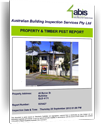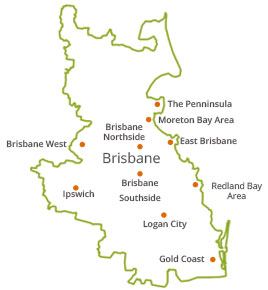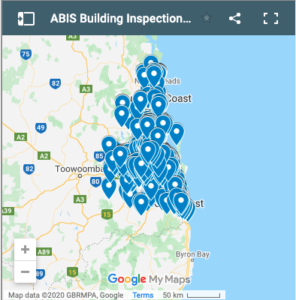ASBESTOS HELP
From January 1st 2012 the Queensland Government will provide an asbestos information help line on 13 74 68 and information on Asbestos is currently available on www.health.qld.gov.au/asbestos
The term Asbestos is given to a number of naturally occurring fibrous silicate minerals. Its strength and heat resistant properties resulted in it being used in building materials for roofing, asbestos cement sheeting and pipes, insulation, boilers, electrical fittings, floor tiles, and other products such as clutch and brake linings, gaskets plastics, and textiles.
Asbestos fibres can cause serious health problems when they become airborne, are inhaled and lodged in lungs. Years later, they may cause diseases including asbestosis, lung cancer, pleural plaques and thickening or malignant mesothelioma. However, the chance of developing asbestos-related disease will depend upon how much asbestos a person was exposed to and for how long as well as their predisposition to the disease.
The use of asbestos was probably at its peak in the mid to late 70s but cement products like asbestos flues and water pipes were still being installed into the 90s. Asbestos use in brake linings and pads and clutch plates has only recently been phased out.
Asbestos was finally phased out in building products like fibro in 1989. Since 31 December 2003, asbestos and all products containing asbestos have been banned Australia-wide. They cannot be imported, stored, supplied, sold, installed, used or re-used. However, this ban does not extend to existing use of asbestos containing products such as vinyl floor tiles and asbestos cement roofing or sheeting. These products can be left in place until they need to be replaced. Occupational Health & Safety Regulations also specify that only licensed asbestos removalists may remove fixed or installed asbestos containing material except in certain limited circumstances.
Asbestos products are still commonly found in homes. They can be harmful if the asbestos fibres are released into the air and breathed in. If building materials such as asbestos cement sheeting are in good condition, the asbestos fibres are tightly bound and very few escape into the air. Installed, undisturbed asbestos-containing products are unlikely to cause health problems because the asbestos fibres are bound together in a solid matrix. But if they are tooled, cut, drilled, sanded or otherwise abraded or machined they can release asbestos fibres into the air.
Unfortunately, many home renovators, home maintenance and building workers don’t realise the dangers of exposure. Prolonged exposure carries the greatest risk. Before renovating or demolishing, it’s essential to identify asbestos-containing products. Potentially any type of board building material over 20 years old could contain asbestos. The only way to be sure is to have the material identified and removed by a licensed asbestos removal contractor.
For more information refer to State WorkCover, Health or Environmental Protection Authorities.
For national health strategies see “Asbestosis: A Home Renovator’s Guide” produced by Queensland State Government, Health Department.




